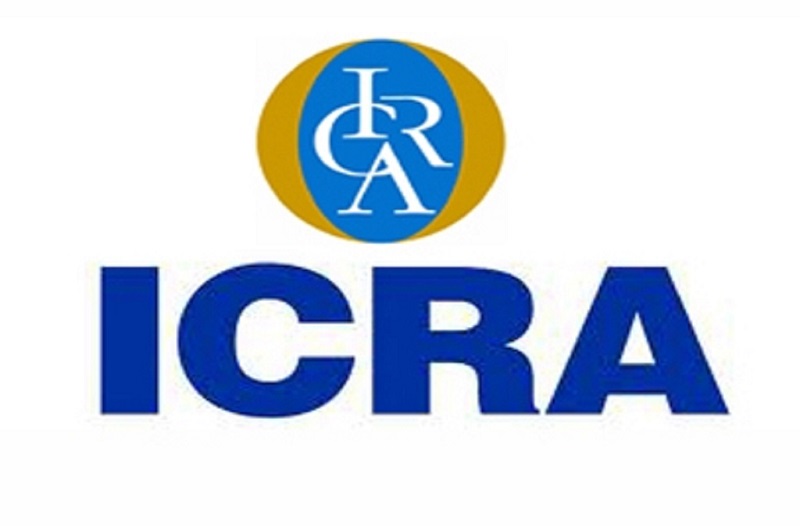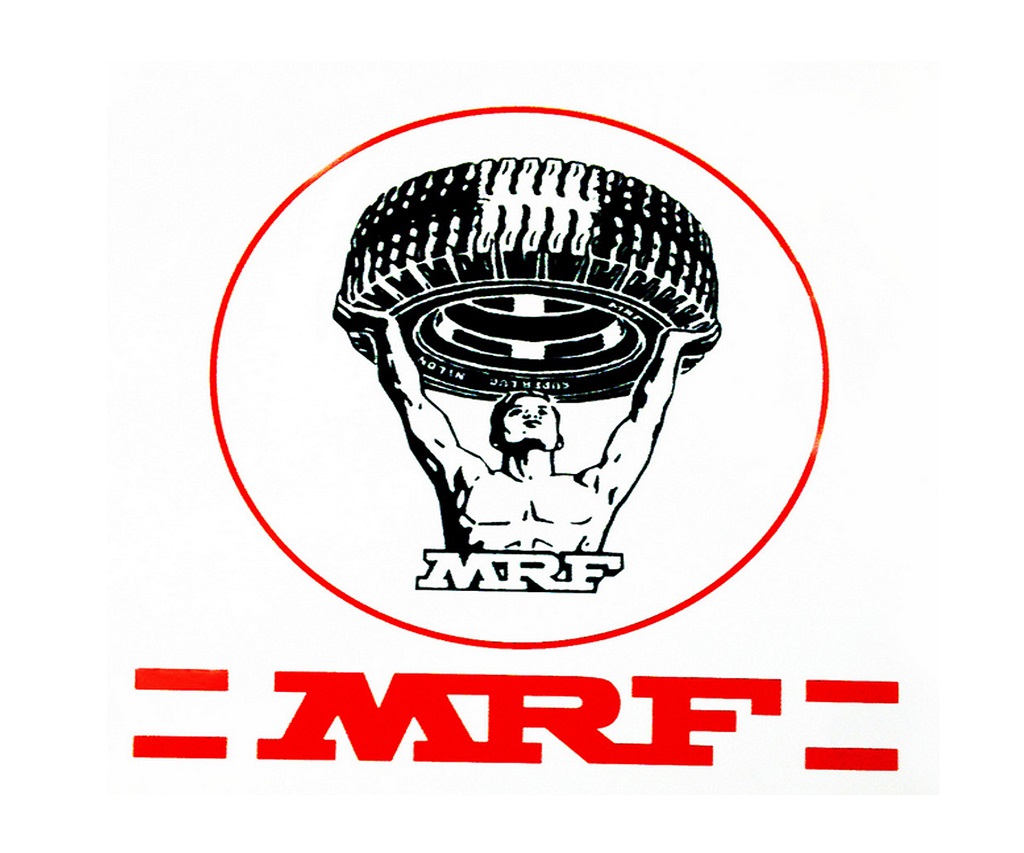The recently finalised Goods and Services Taxes (GST) for the tractor industry is largely in line with expectations and the overall tax incidence for the industry remains neutral.
While tractors are exempt from excise duty, tractor inputs continued to attract taxes, which are absorbed by the OEMs in the absence of an option to set off the input taxes (as a result of excise exemption on final product). The tractor OEMs currently absorb taxes of ~ 12-13% on most input components (excise & VAT) such as engine, transmission, driveline, wheel rims, sheet metal fabrication, seats etc. Since the component costs inclusive of all taxes currently amount to about to ~65-70% of the dealer price, the effective tax incidence relating to inputs amounts to ~8%. The tax incidence on inputs combined with VAT on final product takes the total tax incidence for the industry to levels of ~ 12-13%.
According to Subrata Ray, Senior Group Vice President, ICRA: “With the GST rate for input components being fixed at 28%, higher than the current taxation structure, the total tax incidence relating to inputs is estimated to increase. However, since the manufacturer can claim input tax credit, the fixation of a GST rate of 12% on tractors would allow the OEMs to take credit of the cumulative input duties and taxes. Thus, the total tax incidence of the industry would remain at broadly similar levels and its implementation is neutral for the tractor industry.”
While the overall tax incidence remains effectively same, tractor OEMs would have to claim a refund from the government, since the input tax credit would exceed the effective tax on tractors. Thus, the working capital requirements of the tractor OEMs would increase marginally and would depend upon timelines decided by Government for the refund mechanism. The implementation of GST, however, provides the OEMs with an opportunity to benefit from operational efficiencies such as rationalization of inventory, as a result of consolidation of warehousing facilities. Although the impact of these operational efficiencies is difficult to quantify as yet, the ability of OEMs to align their supply chains to maximize benefits could be instrumental in helping them improve their profitability and competitiveness going forward.
Please click below link to view the entire report

